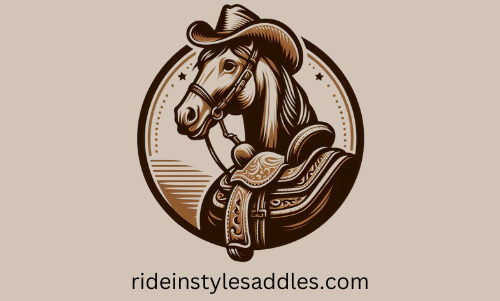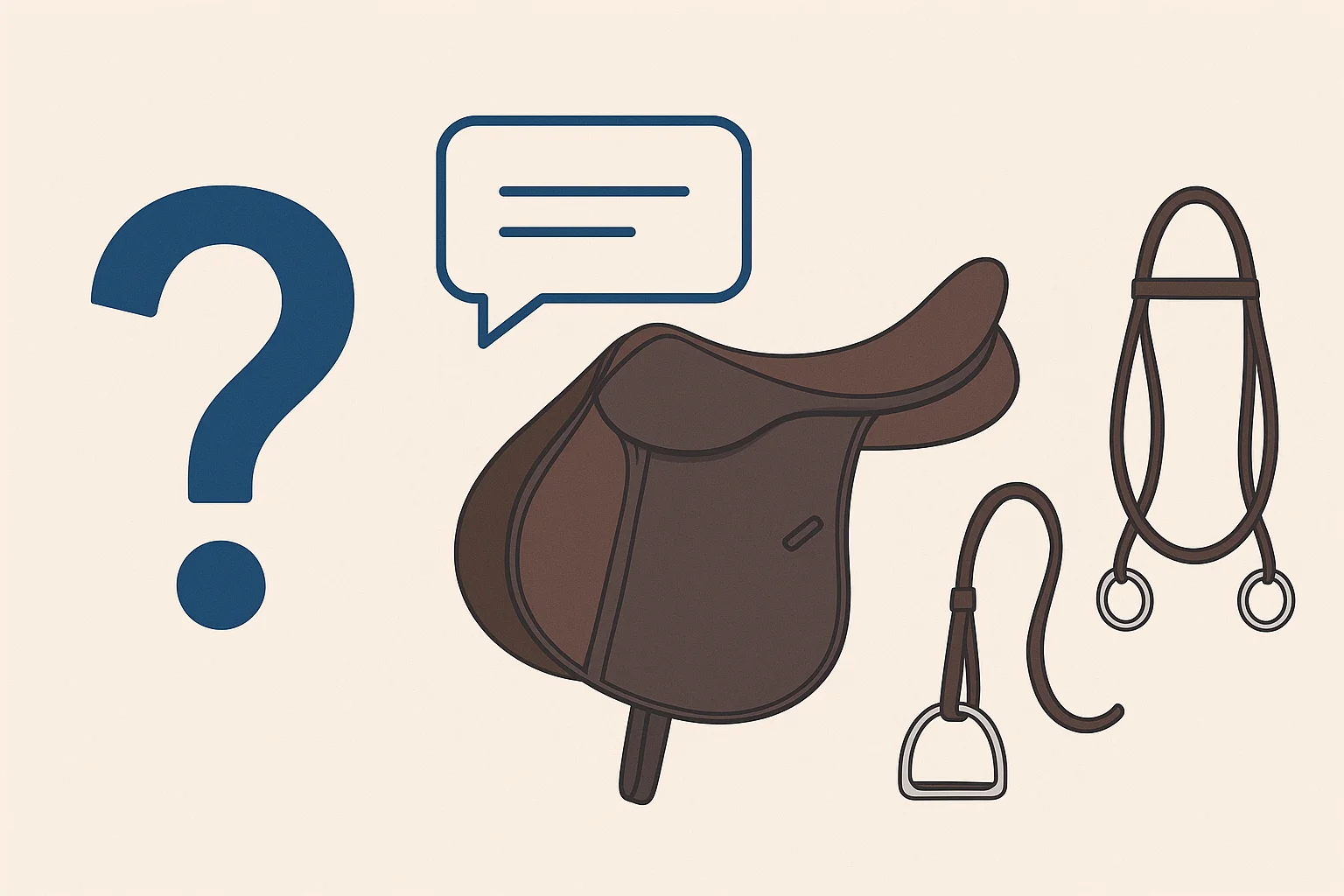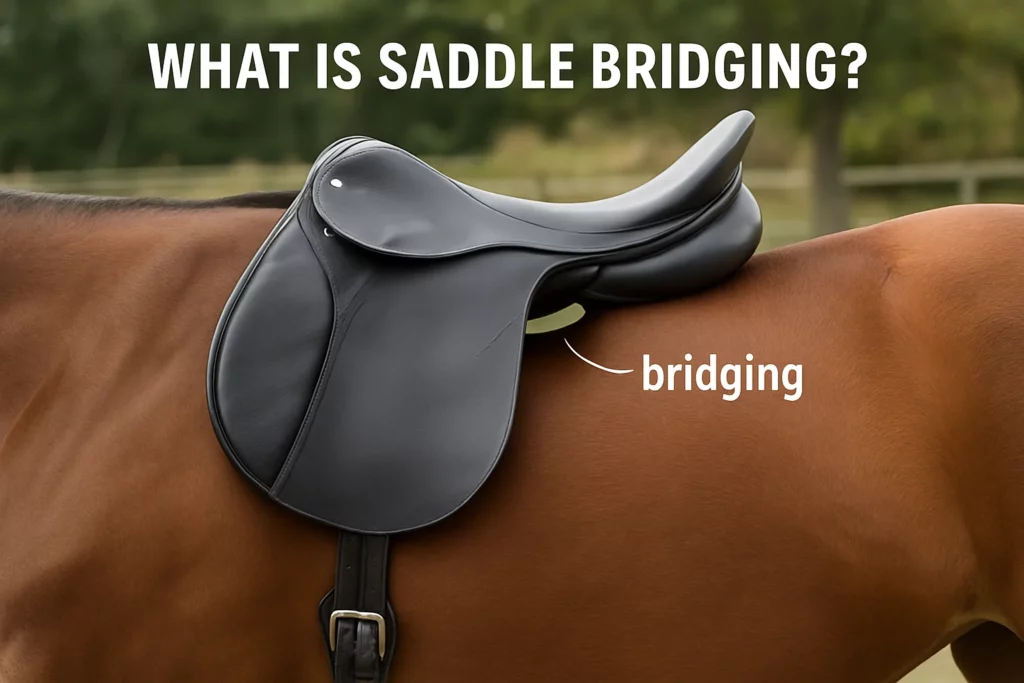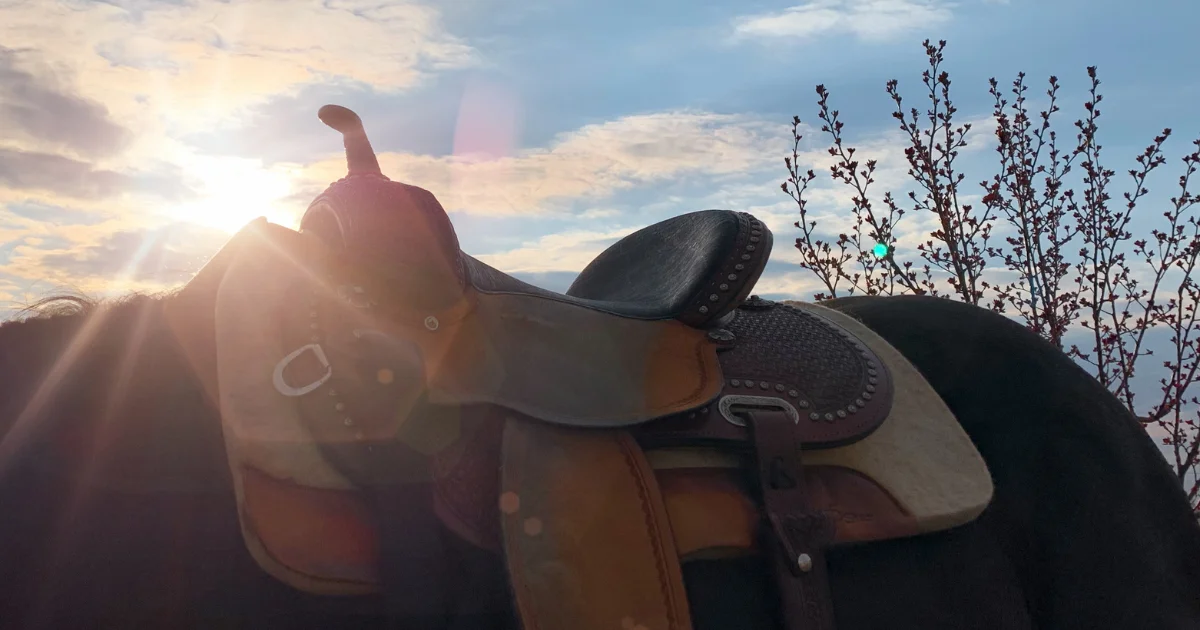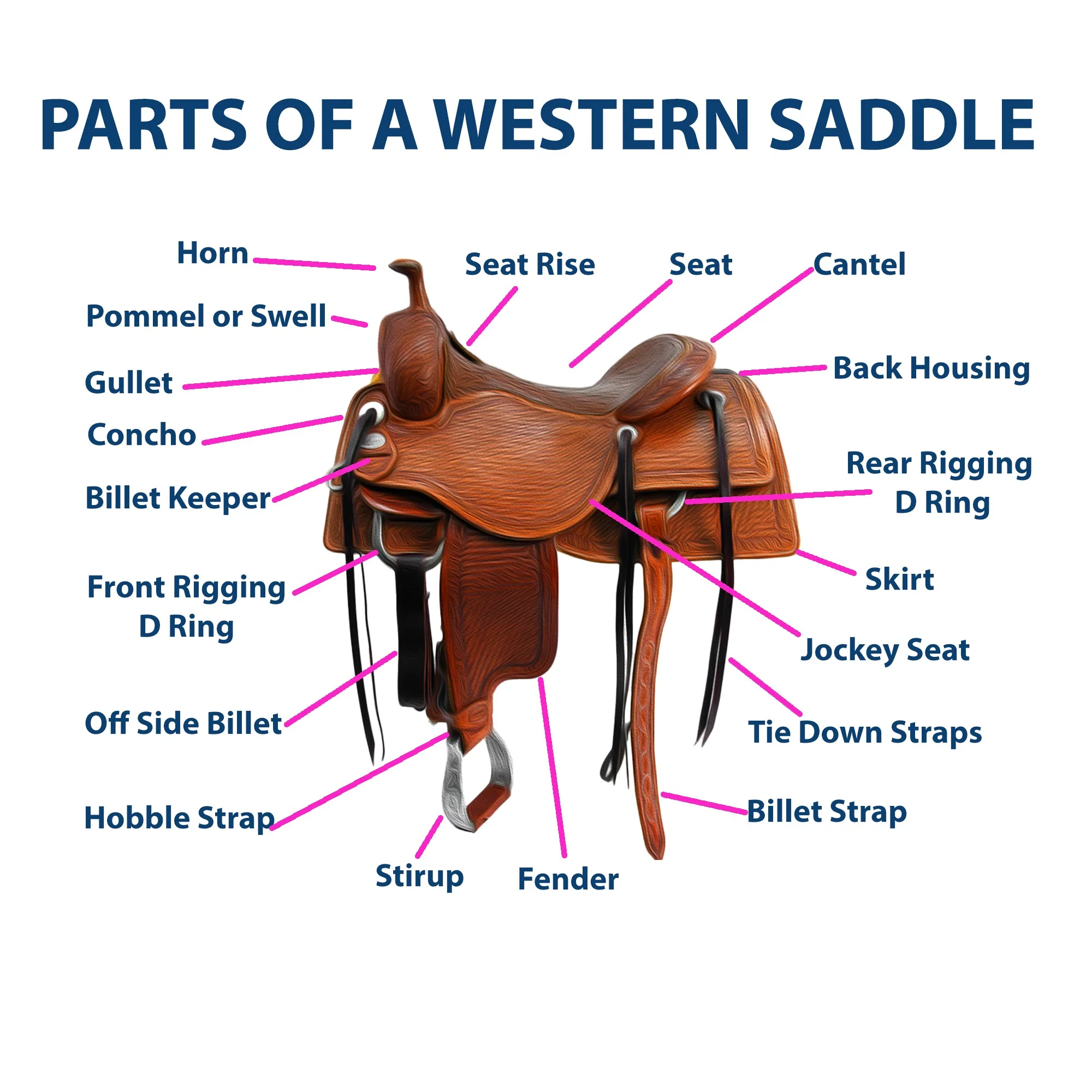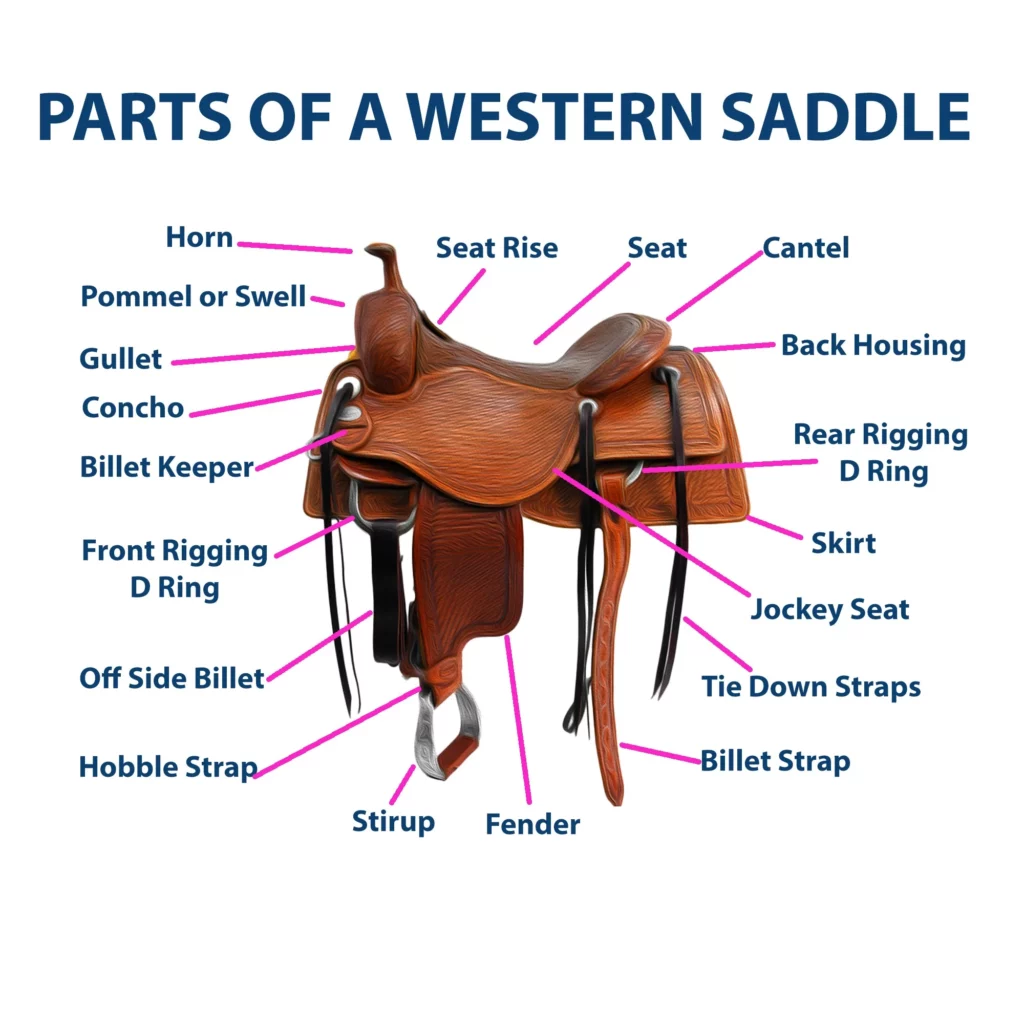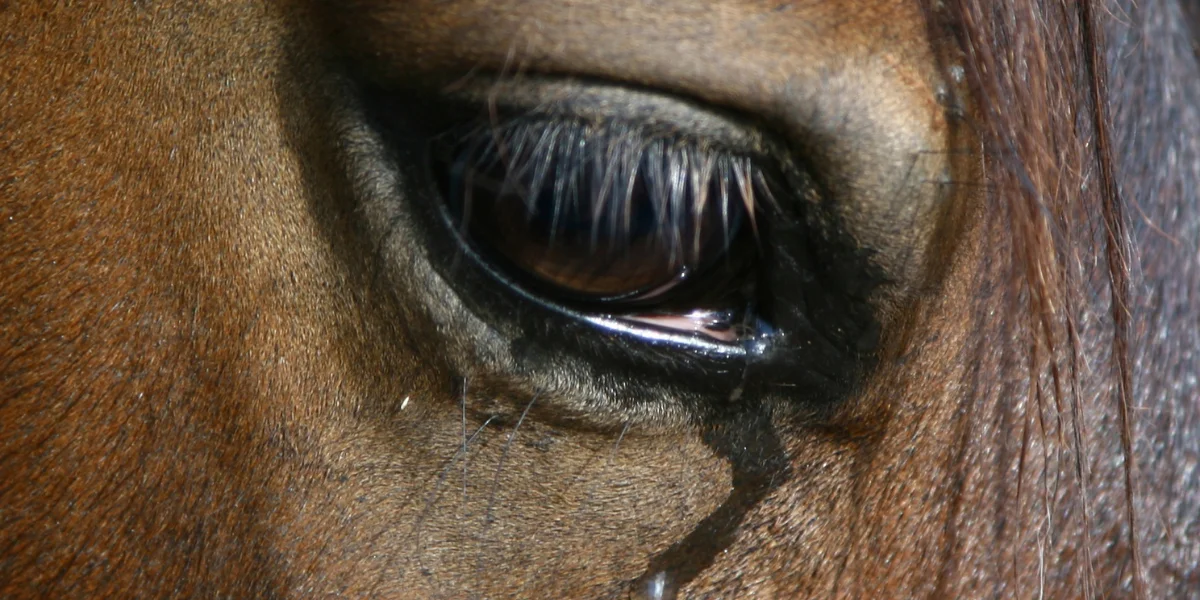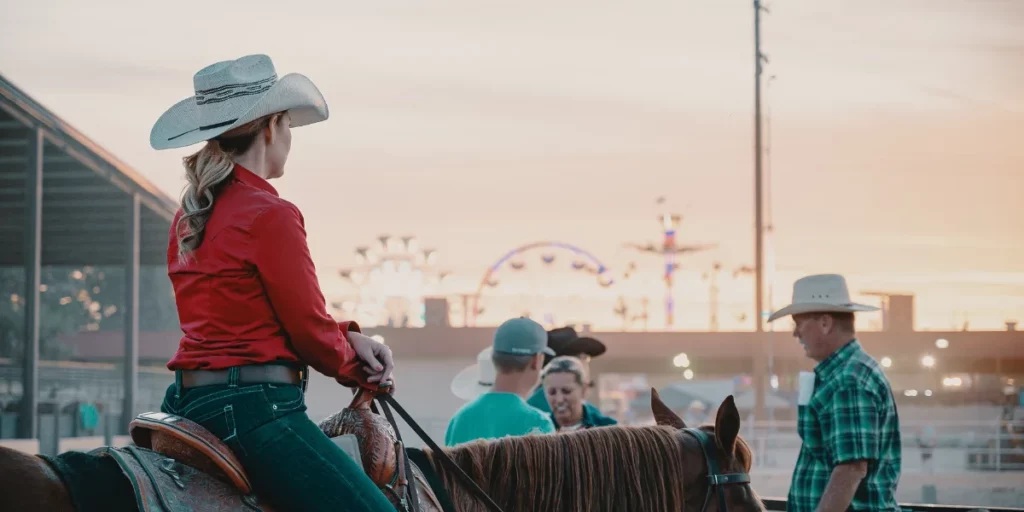Understanding your horse’s anatomy is essential for a comfortable ride. Key areas like the back, withers, and shoulders play a vital role in achieving the perfect saddle fit. Familiarizing yourself with these regions ensures your saddle sits securely, without causing discomfort or slipping.”
A good saddle fit isn’t a luxury—it’s crucial for keeping your horse happy and healthy. Imagine wearing shoes that are either too tight or too loose all day. A poorly fitting saddle can cause unnecessary pressure, leading to sores, discomfort, or even injury to your horse. And it’s not just about the horse, a snug saddle also saves you from awkward riding positions and lets you enjoy the ride in comfort.
Spotting a bad fitting saddle early can save lots of trouble down the road. Look out for signs like uneven hair or sweat marks after a ride, white hairs (a sign of pressure), or swelling around the withers or back. These are red flags indicating your saddle might not be the perfect match.
Before you even think about picking a saddle, think about the measurements. Just like you wouldn’t buy shoes without trying them on, a saddle needs to be just right. Measure your horse’s back length, wither height, and shoulder width to get it right. Trust me, skipping this step can lead to hours of frustration and an unhappy horse.
And here’s a nugget of wisdom: many folks mistakenly think a tighter fit means more security. In reality, the saddle needs to have just the right amount of wiggle room, sort of like a firm handshake—not too loose, not too tight. Understanding these basics sets the stage for finding a saddle that’s just right for both you and your four-legged friend.
Step-by-Step Guide to Measuring Your Horse for a Saddle
So, you’ve got your measuring tape ready? Here’s how you become the saddle-sleuth . Start off by having your horse stand on even ground. You want those legs square and relaxed.
First up, the withers. You want to measure the circumference right at the top, where the neck meets the back. This spot tells you how wide the saddle’s gullet needs to be. Wrap the tape measure around the wither bump, just so—not too tight. Got your number? Perfect, jot that down.
The back is next. Gently sit the tape measure at the base of the withers and run it down the spine to where the 18th rib is, the spot where the saddle should end. A saddle sitting too far back can cause major discomfort!
Don’t forget the barrel. This is a horizontal measure, showing you how broad your horse is from side to side, crucial for a balanced sit. Make sure the tape doesn’t sag or squeeze. Keep it level, and definitely jot this one down too.
Interpreting these measurements isn’t rocket science. Your withers measurement helps you gauge the gullet width. The back length gives you an idea of how short or long your saddle can be, and the barrel measurement helps in finding a design that sits evenly.
Picking out the right saddle style and design shouldn’t be guesswork. Throw those measurements into the mix with your horse’s usual riding discipline. A jumping saddle for a trail-loving mare? Not likely. Match the saddle to both physical stats and riding function for the best results.
Once your perfect saddle arrives, don’t just slap it on and ride off. Gently place it on your horse’s back without padding first, and have a look under the saddle front and back. Check the wither clearance, and make sure you can run your hand between the saddle and the withers. It should feel firm yet movable.
Still unsure if the fit’s right? Don’t worry. Sometimes professional help from a saddle fitter is the smartest move, especially if you see continued signs of pressure or discomfort. No shame in calling in the experts for a second opinion. Measure twice, ride comfortably forever—that’s the game plan.
Signs of a Poorly Fitting Western Saddle
A well-fitting saddle is crucial for your horse’s comfort, performance, and overall well-being. If a saddle doesn’t fit properly, it can cause pain, behavioural issues, and even long-term physical damage. Here are some key signs that your Western saddle may not be fitting correctly:
1. Uneven Sweat Patterns
If you notice dry spots or areas where the hair has been rubbed away after riding, this could indicate pressure points caused by an ill-fitting saddle. A properly fitted saddle should distribute weight evenly, allowing for consistent sweat patterns.
2. Soreness or Tenderness
A horse experiencing discomfort from a poor saddle fit may flinch, resist being saddled, or display signs of pain when you touch their back. More severe reactions, such as bucking, rearing, or reluctance to move forward, can also indicate that the saddle is causing irritation or pressure.
3. Decreased or Inconsistent Performance
If your horse’s movement feels restricted, they seem stiff, reluctant to turn, or unwilling to pick up a specific lead, the saddle may be causing discomfort. Performance issues such as difficulty maintaining gait, irregular strides, or reluctance to collect could also stem from improper saddle fit.
4. Behavioural Changes
A sudden change in behaviour, such as biting, pinning ears, tail swishing, or kicking when being saddled, could be a sign of discomfort. Even subtle changes in attitude, such as seeming less eager to work or showing signs of agitation, may indicate saddle fit problems.
5. Saddle Movement During or After Riding
A properly fitted saddle should stay in place throughout the ride. If the saddle shifts forward onto the withers or slides backward toward the rump, it likely doesn’t fit correctly. Constant saddle movement can cause rubbing, pressure sores, and discomfort for your horse.
Why Proper Saddle Fit Matters
A poorly fitting Western saddle can cause serious issues, from soreness and muscle strain to more severe injuries affecting your horse’s spine and shoulders. If the pommel or cantle presses into the wither or spine, it can restrict movement, create painful pressure points, and lead to long-term damage.
Saddle fit issues not only affect your horse but also pose a safety risk to you as the rider. Ensuring a proper fit will improve your horse’s comfort, willingness to perform, and overall well-being. If you suspect your saddle doesn’t fit correctly, consult a professional saddle fitter to make the necessary adjustments before it leads to more significant problems.
Western Saddle Seat Size Guide
Selecting the correct seat size is essential for both comfort and balance when riding. Western saddle seat sizes typically range from 13 to 18 inches, with most adult riders fitting between 15 and 17 inches.
The seat size is measured from the front of the swell (pommel) to the back of the cantle. If the seat is too small, it can cause discomfort, restrict movement, and throw off your balance. Conversely, if the seat is too large, you may slide around, making it difficult to maintain proper riding posture and control.
To find the right fit, sit in the saddle with your feet in the stirrups and your knees bent at a 90-degree angle. Ideally, you should have about a hand’s width of space between your body and both the pommel and the cantle. You should feel secure and supported without any pinching or excessive pressure.
Choosing the right seat size ensures a comfortable, stable, and enjoyable riding experience for both you and your horse.
We’d love to hear your thoughts! Drop a comment below and let us know what worked for you—your insight could help fellow riders find their ideal saddle fit. Happy riding! 🐴😊
Affiliate Disclosure – And last but not least, when you click on links and make a purchase through our site, you’re helping support our work at no extra cost to you! This allows us to keep bringing you the best products and helpful insights. It’s a win-win—improving your equestrian game while supporting our blog. Thanks for being part of the RideInStyleSaddles community!
